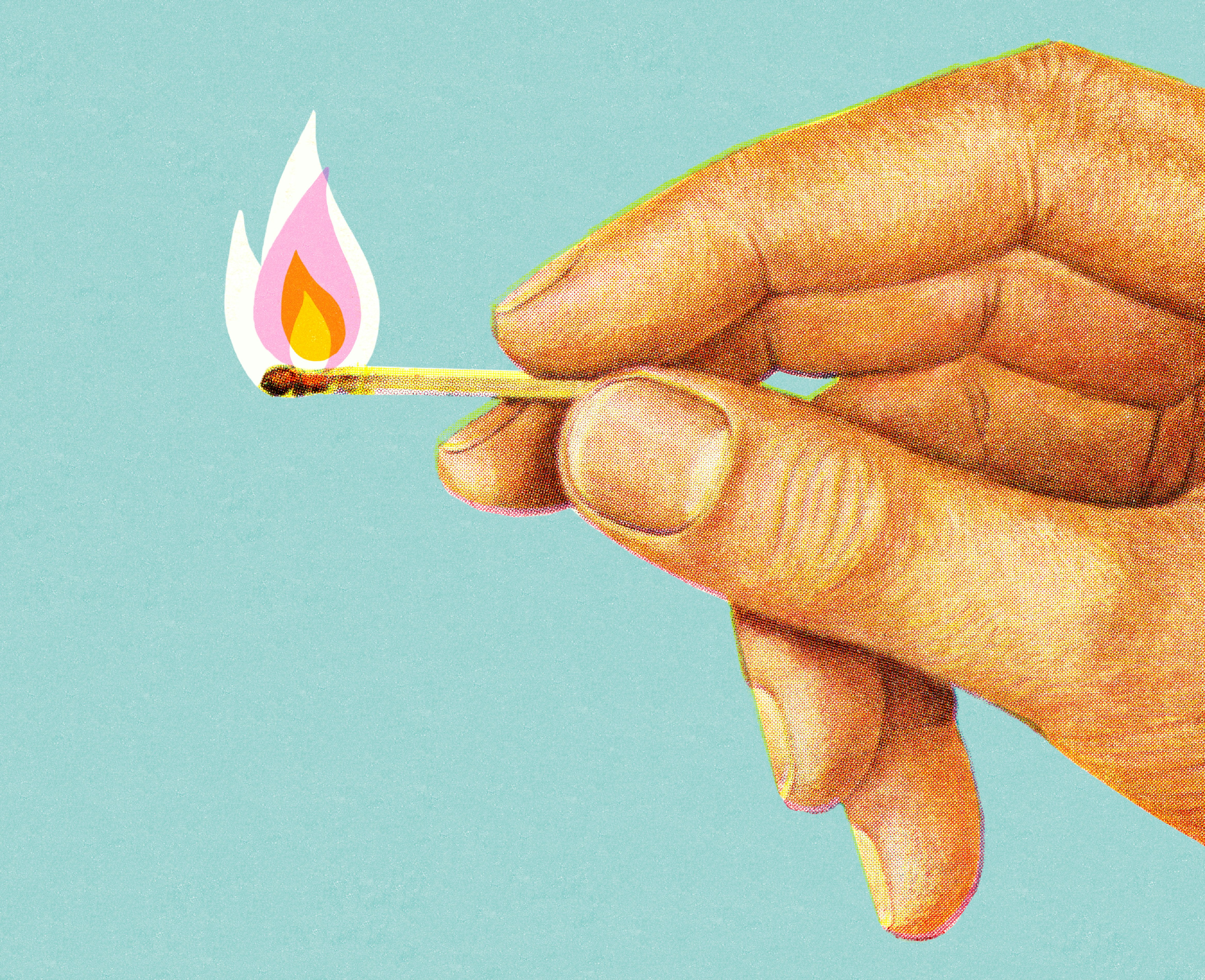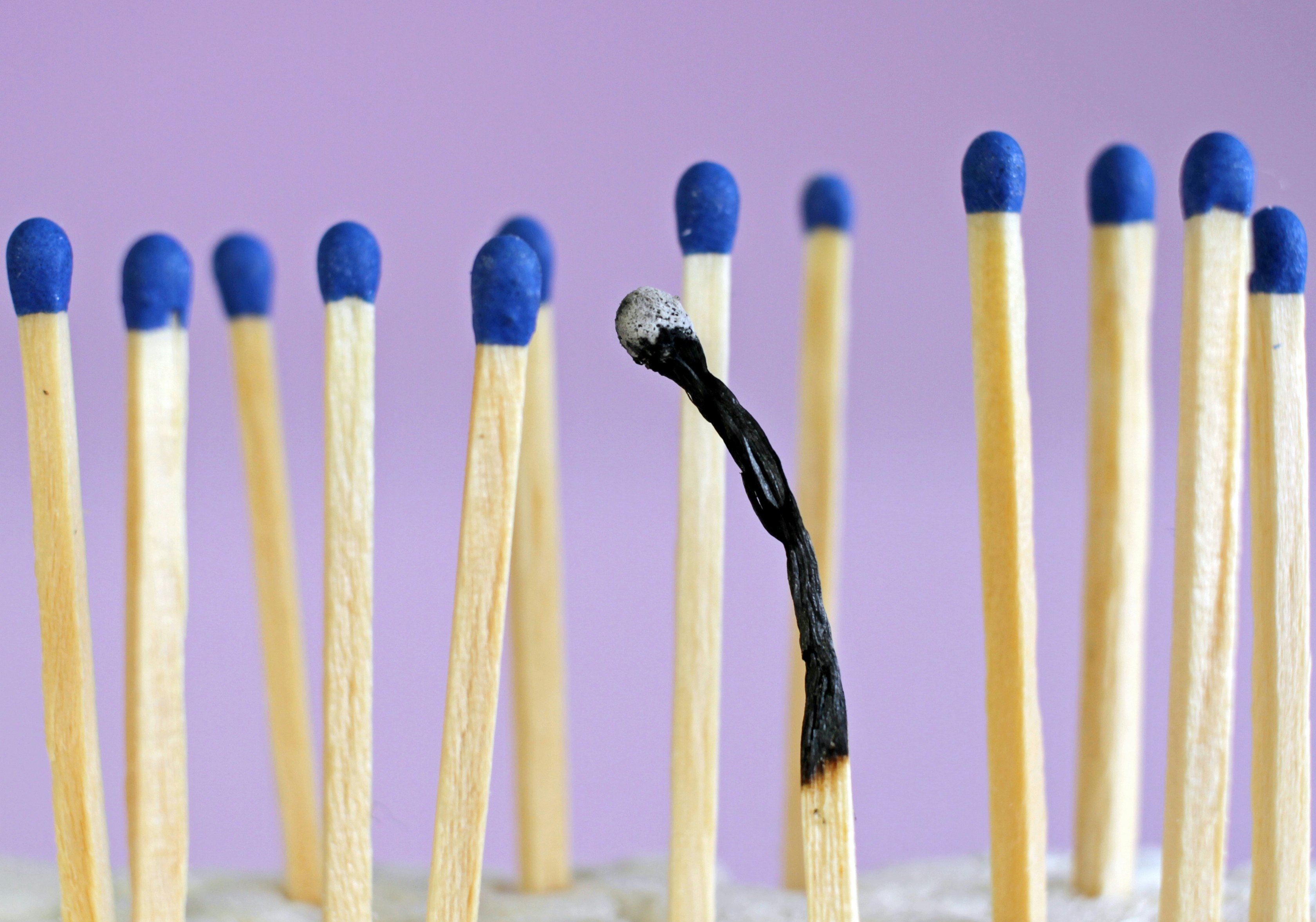
Millions of Americans are rethinking their relationship to work. The phrase “burnout” is fixed within that conversation. There is a collective, societal hunger for more information on what to do about it.
One of the most common misconceptions about burnout is that “people can overcome burnout while leaving their work situation unchanged,” organizational psychologist Michael Leiter tells Inverse.
Burnout is not a personal failing but a response to chronic job stressors. You can’t self-care your way out of an unhealthy situation created by a workplace.
Because it can be very difficult for an individual to change a workplace, burnout often leads to a person leaving their job. But this step is accompanied by two other unfortunate truths. One is that a new job alone won’t end burnout. The other, Leiter tells me, is that there is no evidence there is an optimum recovery time — the burnout has no clear end.
Experts have also observed a bias in addressing what to do about burnout: There’s too much focus on how to deal with burnout on an individual level rather than fixing the jobs that cause burnout.
This aside, a critical question remains: What can be done if these structural overhauls aren’t happening? Ultimately, one still needs to recover.
While people may burn out for the same reasons, the process of recovery can vary depending on the individual. But there are still certain steps that anyone can take to become more resilient and prevent burnout in the future.
What is burnout?

The answer isn’t necessarily clear. Experts don’t always agree on what burnout is, which makes it difficult to diagnose and even harder to treat.
The phrase was coined in 1974 by Herbert Freudenberger, a psychologist who used it to describe how professionals in “helping” jobs, like doctors, often end up exhausted and unable to cope. Today it's observed across professions as is characterized by simultaneous feelings of exhaustion, cynicism, and reduced professional efficacy.
In 2019, the World Health Organization added burnout to the International Classification of Diseases, describing it as a syndrome caused by chronic workplace stress and an “occupational phenomenon.” It is not considered a medical condition.
Some experts think that there are different “burnout types,” however. These are: “frenetic,” “under-challenged,” and “worn-out.”
How to start burnout recovery

Yu Tse Heng is a Ph.D. candidate in management at the University of Washington and the co-author of a 2021 study on reducing burnout. She says the first thing a person who is feeling burned out should do is take some time to figure out what is causing their burnout.
“The best approach to replenishing oneself may differ based on the burnout symptoms that the individual is experiencing,” she tells me.
After examining one’s burnout, people can develop strategies to help pull themselves out of it, she says, adding that “it is important to note that organizations should really be responsible for preventing burnout in the first place.”
In her recent study, Heng and colleagues found that while burnout is a combination of three experiences — mental and physical exhaustion, cynicism and negativity, and a reduced sense of efficacy — identifying more so with one of these can make certain strategies more or less effective.
For example, self-care seemingly helps with exhaustion but less so with cynicism. What helps with cynicism, the study found, is helping others deal with their challenges. Self-care and steps taken to increase self-esteem can also alleviate feelings of reduced efficacy and steps taken to increase self-esteem. These can be taken outside of work, like finishing a workout.
Recovering from burnout also means recovering from physiological stress reactions. In a 2021 paper, Arno van Dam a professor of clinical psychology at Tilburg University argues that a healthy lifestyle is necessary for recovery. This means healthy food, exercise, sleep, and moderate amounts of alcohol.
Relaxation exercises, mediation, and mindfulness can also help because being burned out teaches the body to ignore cues like fatigue and stress. This can cause individuals to be less in tune to “signals of their body” and “choose their actions on the basis of what they think they should do, not on what they feel,” van Dam writes.
Dealing with burnout while still at your job

People experience burnout when “there is a mismatch between what people aspire to do at work and the critical areas of work-life,” Leiter explains.
These are workload, control, reward, community, fairness, and values.
“If people cannot work out a better alignment on those critical areas, recovery is unlikely,” he says.
In turn, addressing these critical areas is a positive step toward burnout recovery. For example, one way to address lack of control — a critical driver of burnout — is by empowering employees to exercise professional autonomy and influence the decisions that affect them.
If one wants or needs to stay at their job, Leiter recommends taking two actions:
- Experiment with how much the job can be adapted to better match preferred working methods and values. This is seeing “how far can you change important things about your job without getting pushback,” Leiter says.
- Negotiate with coworkers and supervisor for ways to change the job for a better relationship with work.
How to recover from burnout if you do quit your job

Burnout manifests differently in people, so “there is no one-size-fits-all way to alleviate burnout,” Heng says. This also explains why it’s “hard to say if taking time off is necessary and for how long,” she adds.
The actions that help alleviate burnout while in a job — like self-care, self-compassion, and acts of kindness — could still benefit a person who’s quit. If one decides to leave their job while experiencing burnout, she recommends they take time to consider what caused their burnout and consider that when looking for a new job.
“Burned out individuals who are looking for their next job may consider applying for organizations that have a reputation for caring about employee wellness to ensure that their likelihood of being burned out at their new job is lower,” Heng says.
“They could also prepare questions that they could ask during job interviews about their prospective team's culture and manager's leadership style, to again ensure that the working environment would be one that is unlikely to result in employee burnout,” she adds.
“Otherwise, they'd likely be stuck in an organization that makes them highly susceptible to burnout again.”
This process of reflection and evaluation can lead to an essential part of recovery: self-discovery. Van Dam writes that many former burnout patients “know better who they are and what is important to them in life; they spend more time with their friends and families, and they changed their priorities.”
It takes patience to get to this period of growth. But the effort can keep one healthier in the long run.







